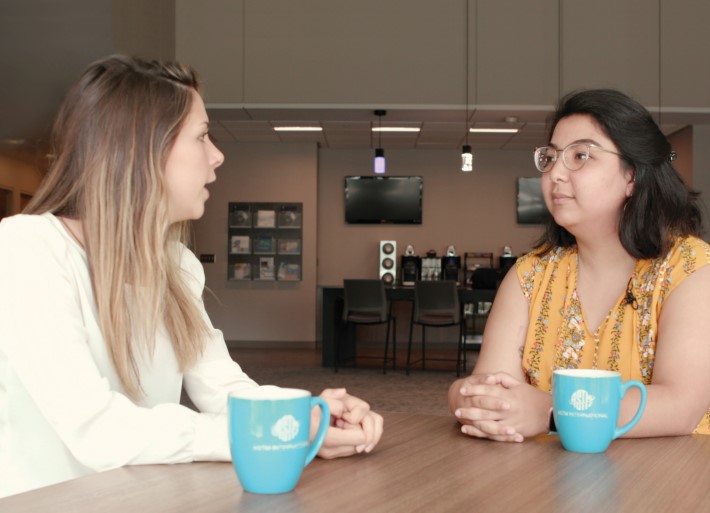
Building Our Future
An Interview with Kaitlyn Bishay, Washington Internships for Students of Engineering (WISE) Participant from the University of Alabama.
Q. What is the WISE Internship Program and why did you want to be a part of it?
A. The WISE Internship program takes place each summer in Washington, D.C., and is sponsored by a group of professional societies that fund 5-10 engineering students to allow them to learn more about policy and its relationship to our field of study. For instance, ASTM International is my sponsor. Every student works on a paper looking at policy recommendations for a problem they choose to research.
My motivation to be a WISE intern stemmed from the opportunity to learn more about the intersection between public policy and public good. I am a civil engineering major, but I chose to look at the environmental issue of community resilience throughout natural disasters. I chose this topic because often, communities with lower socioeconomic status are disproportionally affected by natural disasters such as floods or fires. I’m trying to look for a way that lower-income communities can effectively prepare for what happens before and after these disasters. That is why I wanted to be a part of this program. It is giving me the ability to shape the future.
Q. What is your typical day like in Washington?
A This program is unique in that there is no typical day. In the beginning, we met with [U.S.] federal agencies such as NASA, NIST [National Institute of Standards and Technology], and the EPA [Environmental Protection Agency]. |At the EPA, for example, we had the opportunity to discuss environmental policy and how it affects both the planet and the people living on it. It was interesting to see how policy can be used in conjunction with engineering to pursue climate action.
After the series of meetings with different groups, we decided what projects we wanted to work on. Now, we’re developing plans to fix our chosen issues, which we will present to government organizations and members of [the U.S.] Congress in August. Other students are working on plutonium disposition policy, solar geoengineering, hydrogen fuel cells, and more.
Q How does this experience add to what you are already learning at school, and how will you apply it in the future?
A. In university settings, you look at engineering from the bottom up. In civil engineering, you’re saying: “Okay, this material’s better for bridges; we should design this bridge to these design standards.” But you’re not looking at how that project as a whole will affect the people and area surrounding it. Public policy uses a top-down view. In this program, we’re saying, “Okay, now that this bridge has been built, how are we going to maintain the safety of its users and the sustainability of its environment?” I think it’s going to be interesting to apply what I’ve learned back at school where students are more typically focused on the minute details instead of their larger effects. My passion about what I’ve been learning has encouraged me to take the GRE and go to graduate school for civil engineering and public policy.
Q How did you learn about ASTM |International and the WISE program?
A. In civil engineering, we rely on ASTM standards a lot for safety, regulation, and guidance. They were a big part of my classes on both soil and aggregates, and concrete, so I already knew a lot about ASTM. I then was told about WISE from a friend who was a past intern and now works for the Department of Energy in D.C.
 SN Home
SN Home Archive
Archive Advertisers
Advertisers Masthead
Masthead RateCard
RateCard Subscribe
Subscribe Email Editor
Email Editor